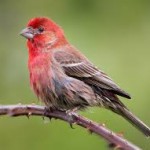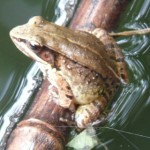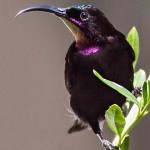This gallery contains 2 photos.
Prey animals are forced to employ various mechanisms of predator detection in order to avoid being eaten. Methods of detection can vary, and many animals can use multiple sensory modalities to perceive the presence of a predator. One possible means … Continue reading




